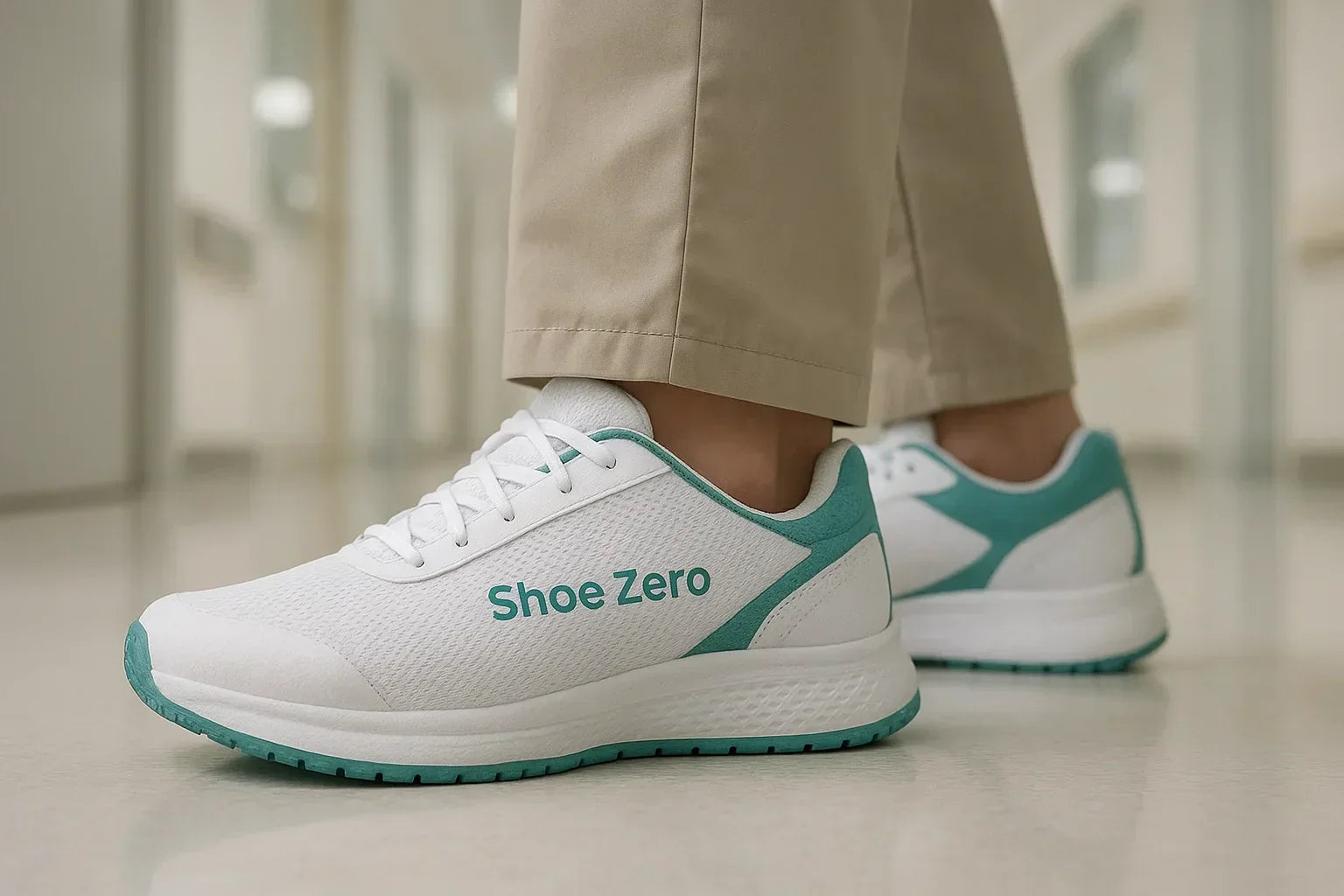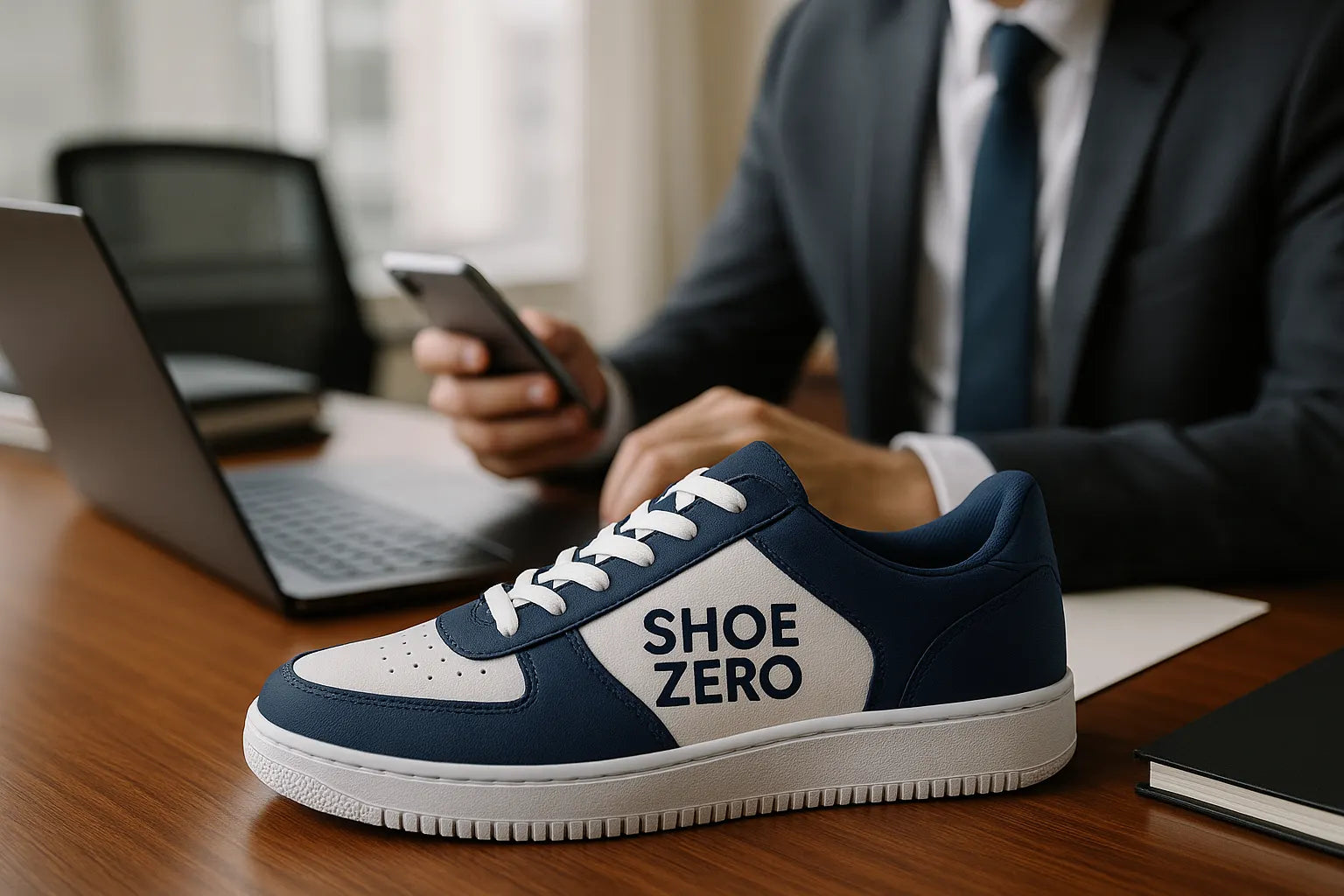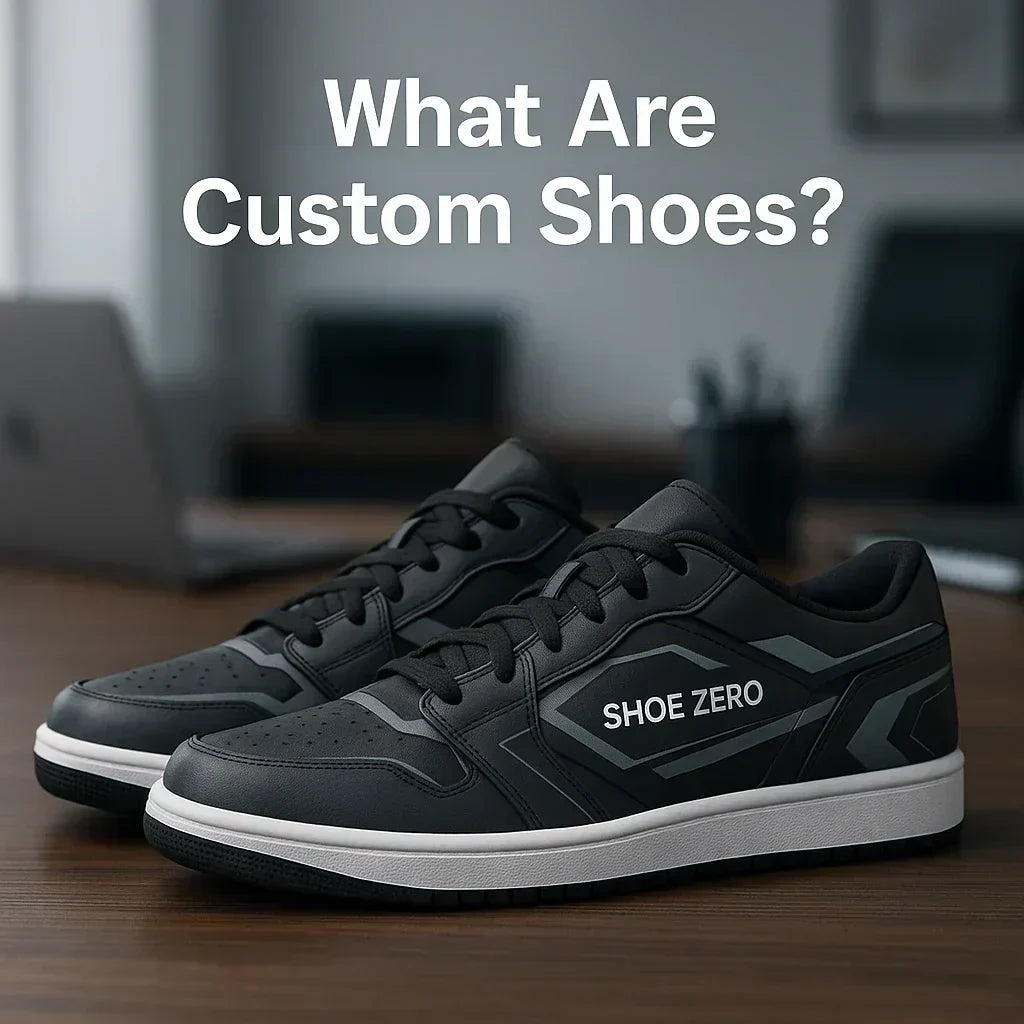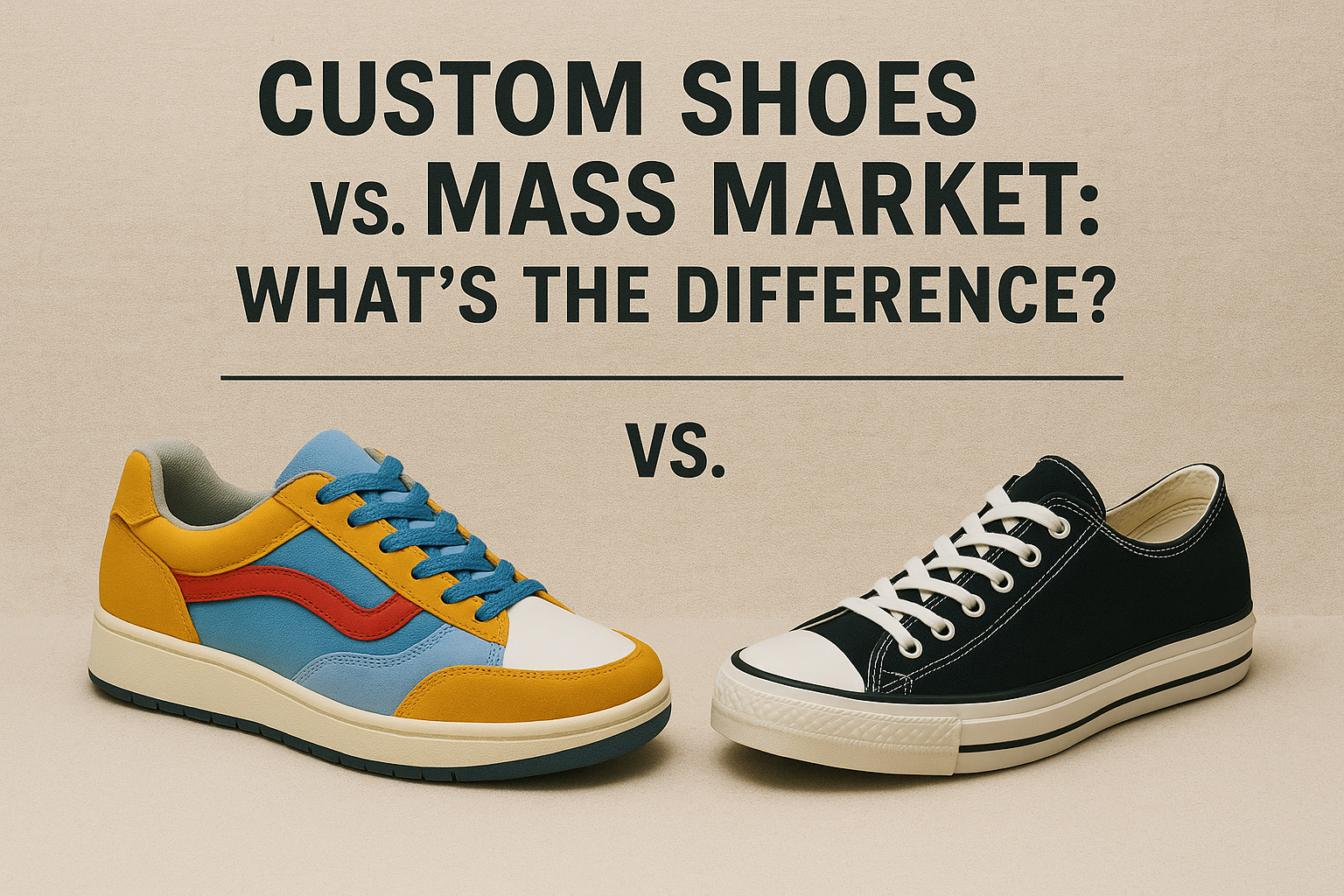Are you wondering if printing shirts yourself is a cheaper alternative to other methods? DIY shirt printing has gained popularity among individuals and businesses alike. It offers a cost-effective way to create custom-designed shirts for various purposes, whether it's for personal use, promotional events, or selling merchandise.
Before diving into the world of DIY shirt printing, it's important to understand the costs and benefits involved. While printing shirts yourself can be a budget-friendly option, there are several factors to consider to ensure you make the most cost-effective choice.
Key Takeaways:
|
Now that we've covered the basics, let's delve deeper into the costs and benefits of DIY shirt printing.
The Costs and Benefits of DIY Shirt Printing
Let's start by exploring the costs and benefits of printing shirts yourself. DIY shirt printing can be a cost-effective option, especially when you plan to distribute or sell shirts in bulk. Retail prices for custom shirts can range from $20-$30 per shirt, but when buying 50 or more, the cost can drop to $5-10 per shirt. And if you're ordering in bulk, say 100 shirts or more, you can bring the price down to around $5 each.
However, it's important to consider the additional costs involved. For example, if you plan to print on colored shirts instead of the standard white ones, the cost per shirt may increase. Using multiple ink colors or adding custom embroidery can also add to the expenses. And don't forget to factor in shipping costs if you're selling or distributing the shirts to customers.
On the flip side, using a print-on-demand service can save you time and effort. These services handle the printing, packing, and shipping for you, allowing you to focus on designing and marketing your shirts. They offer a wide range of customizable products to choose from, but it's important to carefully monitor the costs to ensure you're still making a profit.
Table: DIY Printing vs. Print-on-Demand Services
|
|
DIY Printing |
Print-on-Demand Services |
|
Costs |
Lower initial investment but additional costs for equipment, materials, and marketing |
Higher per unit cost, but no investment in equipment or inventory required |
|
Time and Effort |
Requires time and effort for printing, packing, and shipping |
Saves time and effort as the vendor handles printing, packing, and shipping |
|
Customization |
Complete control over design and customization options |
Offers a wide range of customizable products |
|
Profitability |
Potential for higher profits with bulk orders |
Profit margins may be lower, but no inventory costs or unsold stock |
When it comes to printing methods, screen printing offers high-quality prints, but it can be more expensive for small runs. On-demand printing, on the other hand, provides greater flexibility for smaller quantities and one-off prints, but it may not be as cost-effective for large orders.
In conclusion, DIY shirt printing can be cheaper if you're planning to print shirts in bulk. However, it's important to consider all the costs involved, including materials, equipment, and additional expenses like color printing or embroidery. Alternatively, print-on-demand services can save you time and effort, but be mindful of the costs. Ultimately, the choice depends on your specific needs, budget, and production capabilities.

When it comes to cost, printing shirts in bulk can be a game-changer. If you plan to distribute or sell shirts in large quantities, the savings can be substantial. Retail prices for custom shirts typically range from $20 to $30 per shirt. However, when buying in bulk, say 50 or more, the cost can drop significantly to about $5 to $10 per shirt. And if you're able to order even larger quantities, such as 100 or more, the price can go down to around $5 each.
But before you jump into bulk printing, it's important to consider the additional costs involved. Printing on colored shirts, using multiple ink colors, and adding custom embroidery are all factors that can increase the overall expenses. These extra touches can make your shirts stand out, but they come at a higher price. In addition, don't forget to factor in shipping costs, especially if you're ordering from a different location or need rush delivery.
To help illustrate the potential savings of bulk orders, take a look at the following table:
Order Quantity |
Price Per Shirt |
|
1-49 |
$20 - $30 |
|
50-99 |
$5 - $10 |
|
100+ |
Around $5 |
As you can see, the potential savings from bulk orders are evident. However, it's essential to consider the specific needs of your project and balance cost with quality and desired customization. If you're looking for a more convenient and time-saving option, print-on-demand services might be worth exploring. These services handle the printing, packing, and shipping for you, while also providing a wide range of customizable products to choose from.
It's important to note that the cost-effectiveness of different printing methods may vary depending on the order size. Screen printing, for example, is known for producing high-quality prints but tends to be more expensive for small runs. On the other hand, on-demand printing offers flexibility with smaller quantities and one-off prints, but it may not be the most cost-effective option for larger orders.

- Printing shirts in bulk can lead to significant cost savings, with prices dropping as low as $5 per shirt for orders of 50 or more.
- Additional costs, such as printing on colored shirts, using multiple ink colors, and adding custom embroidery, should be considered when calculating expenses.
- Shipping costs should not be overlooked, especially if you need to have the shirts delivered quickly or from a distant location.
- Print-on-demand services offer convenience and save time by handling the entire printing, packing, and shipping process. However, costs need to be closely monitored.
- The cost-effectiveness of different printing methods may vary depending on the order size. Screen printing is known for high-quality prints but can be more expensive for small runs, while on-demand printing is more flexible for smaller quantities.
Remember to carefully evaluate your specific requirements, budget, and desired level of customization before deciding which printing method to choose.
Additional Costs to Consider
However, it's important to consider the potential additional costs when printing shirts yourself. While the base cost of DIY printing may be lower compared to retail prices or bulk orders, there are several factors that can add to the overall expenses. One of these factors is printing on colored shirts. While white shirts are typically cheaper, printing on colored shirts may require additional materials like colored inks or special printing techniques, which can increase the cost per shirt.
Another cost consideration is using multiple ink colors. Custom designs that require more than one color can be more expensive to print, as each color requires a separate printing process. This can significantly impact the overall cost, especially for large orders. Additionally, adding custom embroidery to your shirts can also increase the price per shirt, as it involves extra materials and labor.
Shipping costs are another aspect to take into account. If you plan to sell or distribute your printed shirts, you'll need to factor in the cost of shipping. This can vary depending on the weight and dimensions of the package, as well as the destination. It's important to carefully calculate and include these shipping costs in your overall expenses to ensure accurate pricing for your customers.
Table: Additional Costs Breakdown
Additional Cost Factors |
Potential Impact on Cost |
|
Printing on colored shirts |
Higher cost per shirt |
|
Using multiple ink colors |
Increased printing expenses |
|
Adding custom embroidery |
Additional material and labor costs |
|
Shipping costs |
Varies based on weight, dimensions, and destination |
Knowing the potential additional costs associated with DIY shirt printing allows you to make informed decisions when considering this option. It's essential to carefully evaluate your specific needs, budget, and target audience to determine if printing shirts yourself is the most cost-effective choice for your business or personal project.

If time is a concern, print-on-demand services can be an appealing option. These services handle all aspects of printing, packing, and shipping, allowing you to focus on other aspects of your business. They offer a wide range of customizable products, giving you the flexibility to create unique designs for your customers without the need for upfront inventory.
One of the advantages of using print-on-demand services is the convenience they provide. Instead of investing in equipment and managing the printing process yourself, you can simply upload your designs to the service and let them handle the rest. This can save you valuable time and effort, especially if you have limited resources or are just starting out.
While print-on-demand services offer convenience, it's important to monitor costs. Although the initial investment is minimal compared to DIY printing, the cost per unit can be higher. Factors such as product type, printing method, and additional customization options can affect the price. It's essential to consider these costs and set appropriate pricing to ensure profitability.
Pros |
Cons |
|
- Time-saving option |
- Higher cost per unit compared to bulk orders |
|
- No upfront inventory |
- Limited control over the printing process |
|
- Wide range of customizable products |
- Potential for longer production and shipping times |
|
- Suitable for small quantities and one-off prints |
- Less flexibility for large orders |
Overall, print-on-demand services offer a time-saving option for businesses that prioritize convenience and flexibility. They eliminate the need for upfront investment in printing equipment and inventory, allowing you to focus on creating and marketing your designs. However, it's important to carefully consider the costs and benefits to ensure that this option aligns with your business goals and profitability.

Let's take a closer look at the advantages and disadvantages of popular printing methods: screen printing, on-demand printing, and direct-to-garment (DTG) printing. Each method offers unique benefits and considerations, so it's important to understand the pros and cons before deciding which option is best for your printing needs.
Screen Printing
Screen printing is known for its ability to produce high-quality prints with vibrant colors and crisp details. It is ideal for large orders and offers excellent durability, making it a popular choice for businesses and organizations. However, screen printing can be more expensive for small runs due to the setup costs involved. Each color in the design requires a separate screen, so the more colors you use, the higher the setup costs will be. Additionally, screen printing may not be the most cost-effective option for one-off prints or custom designs that require frequent changes.
On-Demand Printing
On-demand printing, also known as print-on-demand, offers great flexibility and convenience. It allows for smaller quantities and one-off prints, making it suitable for individuals or small businesses that require quick turnaround times or frequent design changes. With on-demand printing, you can offer a wide range of products without the need for inventory storage. However, it's important to monitor costs as print-on-demand services may charge higher prices per item compared to bulk orders. It's also worth noting that on-demand printing may not be the most cost-effective option for large orders, where the per-item cost can be significantly higher compared to bulk printing.
Direct-to-Garment (DTG) Printing
Direct-to-Garment (DTG) printing is a relatively new technology that offers high-quality prints with intricate details and unlimited color options. It is suitable for small runs and one-off prints, as there are no setup costs involved like in screen printing. DTG printing provides great flexibility and allows for quick changes to design or customization. However, it may not be the most cost-effective option for large orders due to the slower printing speed compared to screen printing. The per-item cost for DTG printing can be higher for large orders, making it more suitable for smaller quantities or intricate designs that require a higher level of detail.
Printing Method |
Pros |
Cons |
|
Screen Printing |
High-quality prints, vibrant colors, excellent durability |
Expensive for small runs, setup costs for each color, may not be cost-effective for one-off prints |
|
On-Demand Printing |
Flexibility, quick turnaround, no inventory storage |
Higher prices per item, may not be cost-effective for large orders |
|
Direct-to-Garment (DTG) Printing |
High-quality prints, unlimited color options, no setup costs |
Slower printing speed, higher per-item cost for large orders |
It's important to consider your specific printing needs, including order quantities, design complexity, and budget when choosing a printing method. Whether you opt for screen printing, on-demand printing, or DTG printing, each method offers unique advantages and considerations to help you achieve the desired results for your custom shirts.

Ready to dive into DIY printing? Learn about the equipment and marketing aspects involved. When it comes to DIY shirt printing, investing in the right equipment is crucial. The star of the show is the printer. Look for a reliable printer that can handle the volume and quality you desire. A popular choice is the Epson SureColor P800, known for its exceptional color accuracy and versatility. Pair it with high-quality heat transfer paper, such as the Jet-Pro SofStretch, for professional-looking results.

But investing in a printer is just the beginning. To successfully sell your printed shirts, you'll also need to focus on marketing and advertising. Create a catchy brand name and design a logo that represents your style. Utilize social media platforms like Instagram and Facebook to showcase your designs and reach potential customers. Collaborate with influencers or offer giveaways to increase brand exposure.
Don't forget to optimize your website for e-commerce. Make it user-friendly and visually appealing, with clear product descriptions and high-quality images of your designs. Implement effective SEO strategies to improve your website's visibility in search engine results. Consider running ads on platforms like Google or Facebook to target your desired audience.
In summary, DIY shirt printing can be a cost-effective option, especially for bulk orders. However, it requires investments in equipment like a quality printer and materials. Additionally, a strong focus on marketing and advertising is necessary to promote your brand and attract customers. Combine these elements with your creativity and passion, and you'll be on your way to establishing a successful DIY shirt printing business.
Considerations for Small and Large Orders
How do you choose the best printing option for your specific needs? Whether you're looking to sell shirts in small quantities or fulfill large orders, it's important to consider various factors before making a decision. Let's explore some key considerations when it comes to marketing and advertising efforts, production capabilities, and customer preferences.
Marketing and Advertising
When targeting small quantities or one-off prints, it's crucial to invest time and resources into effective marketing and advertising strategies. Since you won't benefit from the cost savings of bulk orders, it's vital to reach potential customers and create demand for your unique designs. Utilize social media platforms, build an online presence, and leverage local advertising channels to promote your brand and attract customers.
On the other hand, if you're dealing with large orders, marketing efforts may differ. With the cost advantages of bulk printing, it may be more feasible to focus on building relationships with wholesale clients or establishing partnerships with retailers. Consider attending industry trade shows or reaching out to businesses that align with your target market to secure large-scale orders.
Production Capabilities
Another factor to consider is your production capabilities. DIY printing may limit your capacity to handle large orders due to time constraints and limited equipment. When dealing with small quantities or one-off prints, this may not be a significant issue. However, for larger orders, it's important to assess if you have the necessary resources to meet production demands. This is where print-on-demand services can offer a solution, as they handle everything from printing to packing and shipping, allowing you to focus on other aspects of your business.
Customer Preferences
Lastly, customer preferences play a crucial role in determining the best printing option. Some customers may value the uniqueness and personal touch of DIY printed shirts, while others prioritize quick turnaround times and the convenience of on-demand printing. For large orders, customers may expect consistent quality and cost-effectiveness, which can be achieved through bulk printing. Understanding your target audience and their preferences will help guide your decision-making process.
By considering marketing and advertising efforts, production capabilities, and customer preferences, you can make an informed decision on the best printing option for your specific needs. Whether it's small quantities, one-off prints, or large orders, there are printing methods and services available to cater to your requirements. Remember to weigh the costs and benefits of each option to ensure the success of your shirt printing venture.
Conclusion
In conclusion, printing shirts yourself can be a more cost-effective option for bulk orders, but on-demand printing services provide convenience and flexibility for smaller quantities and unique designs. When distributing or selling shirts in bulk, DIY printing can significantly reduce costs. Retail prices for custom shirts can range from $20-$30 per shirt, but when buying 50 or more, the cost can drop to $5-10 per shirt. Ordering in bulk (100+) can bring the price down to around $5 each. This makes DIY printing an attractive option for those looking to save money on larger quantities.
However, it is essential to consider additional costs in DIY printing. Printing on colored shirts, using multiple ink colors, and adding custom embroidery can add to the overall expenses. Shipping costs should also be taken into account. These factors can impact the final cost per shirt, and it's crucial to weigh them against the potential savings.
On the other hand, on-demand printing services offer a time-saving option. By outsourcing the printing, packing, and shipping processes to a vendor, individuals can focus on other aspects of their business. Furthermore, on-demand printing services provide a wide range of products to choose from, allowing for greater customization options. However, it is important to monitor the costs associated with these services to ensure they remain competitive.
Ultimately, the choice between DIY printing and on-demand services depends on specific needs and preferences. DIY printing requires an initial investment in a printer and the effort of marketing and advertising. Screen printing may offer high-quality prints, but it can be more expensive for small runs. On-demand printing offers flexibility, particularly for smaller quantities and one-off prints, but it may not be as cost-effective for large orders. Evaluating these factors will help individuals determine the most suitable printing method for their unique situation.
BUT wait there’s more! Trying out on-demand printing doesn't mean it has to be expensive. Shoe Zero lets you customize t-shirts at a good price. So, you can make your own t-shirt design and still save money.
Why Choose Shoe Zero?
Ready to dive into the world of custom designs? Contact us today to get started and turn your ideas into reality.
 Step 1: Pick the Tshirt in our custom merch catalog. This is where your journey starts! Browse our wide selection of custom products. Each ready to be customized to your liking!
Step 1: Pick the Tshirt in our custom merch catalog. This is where your journey starts! Browse our wide selection of custom products. Each ready to be customized to your liking!

Step 2: It's time to unleash your creativity. Imagine you're an artist, and the tshirt is your canvas! Choose from a rainbow of colours, funky patterns, or even upload custom designs. It’s yours!, It’s your rules!

Step 3: Confirm your design and place your order. On our platform, you can see exactly how your tshirt will look before you buy them. If you dig your design, we're ready to make your custom tshirt and ship them straight to your doorstep. It's that simple!

Using Shoe Zero for your t-shirt printing is both creative and affordable. It's like doing it yourself or using other online services, but Shoe Zero has its own special benefits. Whether you order one t-shirt or many, you can trust the quality, good price, and that it will show off your style.
By choosing to partner with us, you'll have access to our extensive knowledge and experience in the industry. We take pride in assisting individuals and businesses in bringing their creative visions to life may it be Custom Shoes, Custom Low-Top Sneakers, Custom High-Tops, Custom Kids Shoes, Custom Boots, Custom Sandals, Custom Flip Flops, Custom Tshirts, and many more Custom Merch.
Key Takeaways:
|
FAQs (Frequently Asked Questions)
1.Is DIY shirt printing cheaper than ordering custom shirts?
DIY shirt printing can be cheaper if you plan to distribute or sell shirts in bulk. Retail prices for custom shirts range from $20-$30 per shirt, while bulk orders of 50 or more can cost $5-10 per shirt. Ordering 100+ shirts can bring the price down to around $5 each.
2.What additional costs should I consider when DIY printing shirts?
There are additional costs to consider when DIY printing shirts. These include printing on colored shirts, using multiple ink colors, adding custom embroidery, and factoring in shipping costs.
3.What are the benefits of using a print-on-demand service?
Print-on-demand services save time and effort as the vendor handles printing, packing, and shipping. They also offer a wide range of products to choose from. However, costs need to be monitored when using this service.
4.What are the pros and cons of different printing methods?
Screen printing offers high-quality prints but can be more expensive for small runs. On-demand printing provides flexibility with smaller quantities and one-off prints but may not be cost-effective for large orders. Direct-to-garment printing is another option to consider.
5.What is involved in DIY shirt printing?
DIY shirt printing requires investing in a printer and dealing with marketing and advertising efforts to sell the shirts.
6.What factors should I consider for small and large orders?
When deciding between DIY printing, on-demand printing, and bulk orders, you should consider marketing and advertising efforts, production capabilities, and customer preferences.
7.In summary, what is the cheaper option: DIY printing or on-demand printing?
DIY printing can be more cost-effective for bulk orders, while on-demand printing offers convenience and flexibility for smaller quantities. Consider the specific needs of your project to determine the best option.








